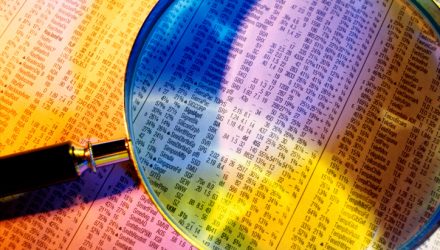About 60% of advisors use exchange traded funds (ETFs) for their clients’ portfolios, according to Cogent Research. But how many of them know what ETFs are, and the in’s and out’s of these tools?
First off, ETFs are baskets of investments that typically follow an index, but trade like a stock. ETFs can be bought and sold during the day, while mutual funds are priced once at the close. Matthew Robinson for RIABiz explains that the liquidity of an ETF is based on its underlying holdings as well as trading volume. [The ETF Price War Goes To Another Level.]
Investors should evaluate ETFs by costs, holdings and investing needs. ETF costs are often lower than those of mutual funds because most ETFs passively track indexes. So, once an ETF is created, there’s no need to pay a fund manager to buy and sell securities. It’s basically a static index that’s transparent, where everyone knows what the holdings are. [Schwab’s ETF Select List Dumbs It Down.]
The biggest drawback to ETFs are the trading fees. If you are a buy-and-hold investor, then this does not necessarily pertain to you. If you enjoy trading stocks and funds daily then the commission fees begin to add up. Although some providers are offering free trades for in-house brokerage accounts, it is still wise to be aware of this factor when ETF investing.[Everything Yo Need To Know About ETFs.]
Tisha Guerrero contributed tot his article.
The opinions and forecasts expressed herein are solely those of Tom Lydon, and may not actually come to pass. Information on this site should not be used or construed as an offer to sell, a solicitation of an offer to buy, or a recommendation for any product.
